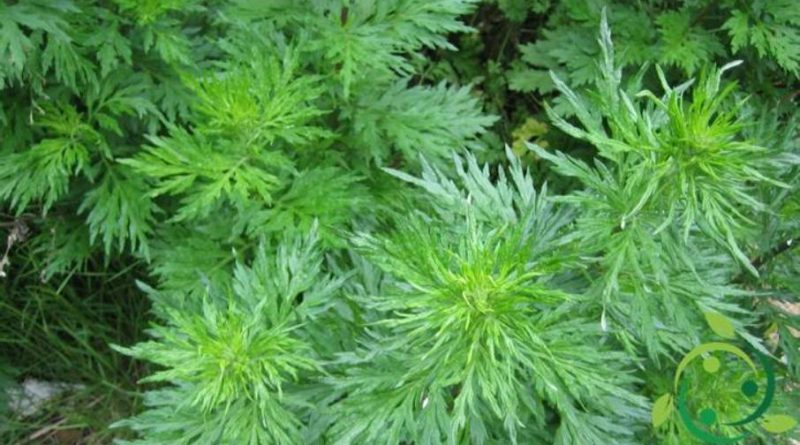How to cultivate common Artemisia
How to cultivate common Artemisia
In this sheet we will see how to cultivate the common Artemisia (Artemisia vulgaris L., 1753) a shrubby plant of the Asteraceae family, native of the temperate zones of Europe, Asia and North Africa, but naturalized also in North America. Common Artemisia prefers quite sunny places, on damp, loose, well drained and slightly acidic soil. It is a plant that does not require particular irrigation supplies, able to vegetate according to the normal natural cycle of vegetation. Also from the nutritional point of view it does not need any particular contributions, being a plant that is then put in rotation, if its cultivation becomes repeated and periodic.
The common Artemisia propagates by seed, in seedbed with transplanting with a height of the seedlings of about 10 cm and with at least 4 leaves emitted. As the flowering of the plant takes place in the late summer, to begin cultivation, you can opt or for the autumn period, especially if you are in areas with mild climate, or during the spring if we find ourselves in a rather harsh climate.
The common Artemisia is harvested in bunches during the flowering period, cutting the stems up to the woody part.
The plant can also be cultivated in medium-large pots.
As far as phytosanitary aspects are concerned, Artemisia vulgaris is very rarely attacked by black aphids, but suffers from white or oidium in the presence of a climate that is too humid.
Artemisia vulgaris contains various essential oils and various terpenoids such as eucalyptol, tujone and cineol; it also contains flavonoids and coumarin derivatives. This medicinal plant is used in Chinese and Japanese folk medicine for the preparation of moxa (from the Japanese moe kusa = burning herb), a medicine obtained by crushing the plant into a mortar to obtain a woolly mixture with which to prepare pellets or cones that, once resting on specific points of the skin (corresponding to acupuncture points), are burned.
Other medicinal properties attributed to it are: antiseptic (property of preventing or slowing the development of microbes), antispasmodic (attenuates muscle spasms, and relaxes the nervous system), carminative (favors the leakage of intestinal gases), diaphoretic (facilitates skin transpiration), emmenagoga (regulates menstrual flow), expectorant (favors the expulsion of bronchial secretions), eupeptic (promotes digestion, bitter tonic (digestive) and antidiabetic (from the roots) .This plant is sometimes used as vermifuge , and therefore is sometimes confused with Artemisia absinthium.
Artemisia vulgaris is also used in the kitchen; cooked or raw leaves, added to the diet, thanks to their bitter aroma, help digestion; this is why in many areas they are mainly prepared as a condiment for fatty foods. The leaves are also used as tea, or to flavor the beer.

